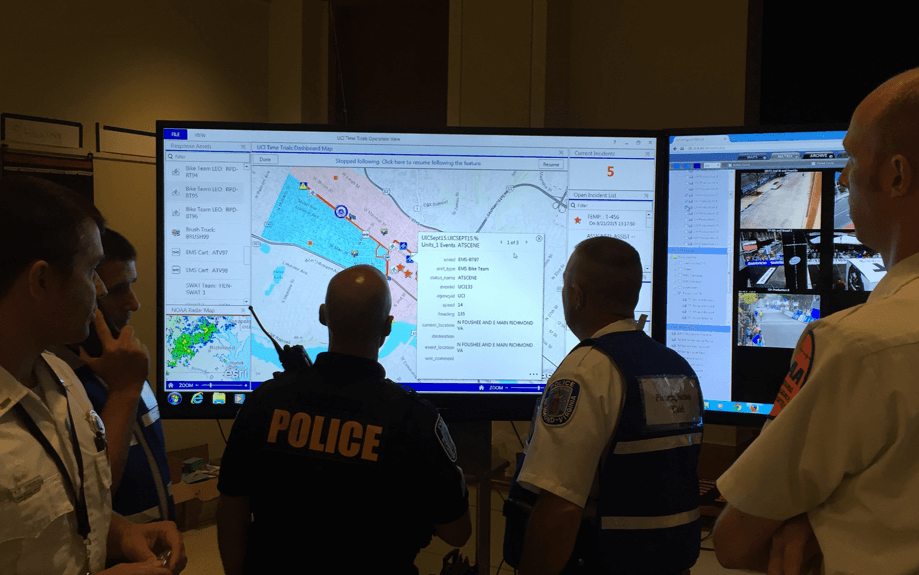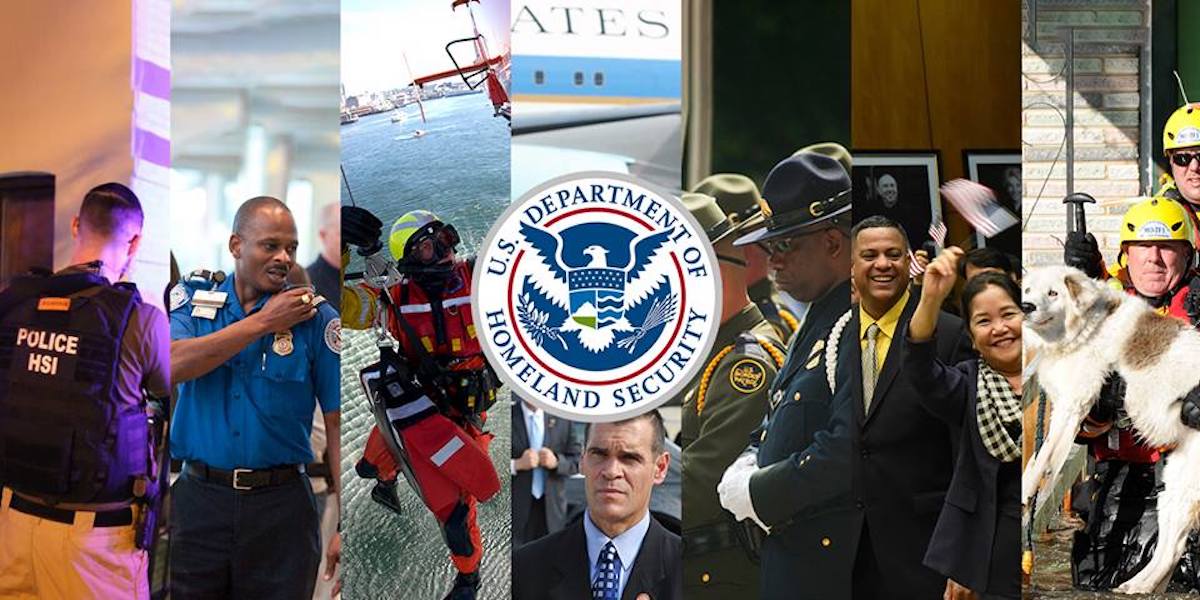Problems in the field do not improve until someone takes charge. From the simplest radio call to a major terrorist incident, the situation doesnt move from chaos to normalcy without a leader. Thinking back on your career you can likely remember situations spiraling downward because a lack of leadership caused poor communications, inconsistent missions and jeopardized safety.
Clearly, a law enforcement agencys response to an incident is greatly improved by establishing strong leadership at the scene. Through real-life situations we have learned hard lessons about tactical leadership concepts such as unified command, span of control and the necessity of good followership. Sometimes, law enforcement isnt the leader at the scene of an incident, but it almost always part of the larger mission. By exploring how tactical command concepts have developed and examining some of the key components of the state-of-the-art response methodology we can improve our on-scene leadership skills.
Developing a national standard
In 1991, in Oakland, California a wildfire devastated the East Bay Hills[i]. Before it was over, 3400 homes were destroyed; one police officer, one firefighter and 25 civilians were killed. Although California had the Statewide Fire and Rescue Mutual Aid System, the response of hundreds of first responders (police, fire, medical and public utilities) was uncoordinated primarily because they had different organizational structures and command systems. By 1993, in response to the 1991 Oakland fire, the California Legislature mandated the use of the Standardized Emergency Management System (SEMS) which incorporates the Incident Command System (ICS)[ii].
In 1994, the Federal Emergency Management Agency (FEMA) adopted SEMS[iii] as its command and control paradigm. Throughout the 1990s, many agencies, such as the United States Coast Guard[iv], began to adopt SEMS/ICS. The 9/11 Commission noted that the emergency response to the World Trade Center (WTC) was much different from the response to the Pentagon. In addition to the WTC first responders having a much more difficult mission because the disaster occurred hundreds of feet above their heads, the command and control response in New York was different than the response in Washington.
Washington, D.C. is an area rife with overlapping and contiguous first responder agencies. Just prior to 9/11, many of the agencies in D.C. participated in a SEMS/ICS disaster response simulation. The agencies had adopted and trained in SEMS/ICS. The 9/11 commission report compared and contrasted the Pentagon response with the NYC response. They noted that the use of SEMS/ICS by agencies responding to the Pentagon had enhanced coordination, speeded rescue and recovery operations and saved lives.
The formation of the Department of Homeland Security (DHS) included the folding of the Federal Emergency Management Agency (FEMA) into the DHS bureaucratic structure. Based on recommendations from the 9/11 Commission Report, the DHS adopted SEMS/ICS as the National Incident Management System (NIMS). NIMS is now our nations method of first responder command and control. Indeed, after January 1, 2004, adoption and training in NIMS is a mandatory requirement for DHS grant funding. In other words, if your agency has not adopted and trained in NIMS, you can lose points in the grant funding review process. Perhaps more importantly, when your community is faced with a major event, a lack of standardized command and control systems can cause the loss of life, additional property damage and a delay in returning to normal. The foundation of NIMS is the Incident Command System (ICS).
Unified Command
The heart of ICS is the concept of Unified Command[v]. Unified Command is founded in the leadership principle of Unity of Command; wherein each person within an organization reports to only one designated person. Whenever multiple jurisdictions and/or multiple agencies from within a jurisdiction become involved in an incident each brings its own chain of command. The ICS concept calls for responding agencies to join together in a Unified Command for the duration of the incident.
Unified Command has a number of advantages:
- One set of objectives
- Collective approaches
- Improved information flow/coordination
- Better understanding of objectives, priorities, limitations, and restrictions
- No compromise of authority
- Each agencys plans, actions, and constraints are known
- Optimizes combined efforts
To facilitate unified command, agencies must adopt a certain protocols. For instance, ICS calls for agencies to use common terminology when responding to an ICS led incident, use a designated modular command structure; and, certain common command and control principles. Typically, agencies overcome differences in terminology by emphasizing communications in plain language. Codes like the ten system are replaced with plain language. Although this may somewhat lengthen communications, under emergency circumstances clarity trumps brevity.
Incident Command
The first step in returning any emergency situation to normal is someone taking charge. ICS is different from many other bureaucratic structures in that ICS calls for the most qualified person to assume responsibility over an incident. Imagine a police officer working graveyards and seeing black smoke billowing against the night sky. He or she doesnt know where the fire is burning, but using the smoke as a landmark navigates to the fire. Arriving before fire personnel, the officer must temporarily take charge. Although they dont have fire fighting equipment the officer can make a situation report requesting fire personnel, begin evacuation, establish a perimeter and determine ingress and egress routes. That police officer is, at the beginning, the Incident Commander.
After the arrival of the firefighters, the ranking firefighter becomes the Incident Commander because they are the most qualified person to lead the incident. This is the beginning of a Unified Command. The police officer still maintains the perimeter and assist in keeping ingress and egress routes open, but they are essentially subordinate to the firefighter who is now the Incident Commander. Conversely, if the burning structure contained a sniper, the police officer would maintain incident command because they are better equipped to handle the sniper.
ICS has been proven effective for responding to all types of incidents, including:
- Hazardous materials
- Planned events
- Natural disasters
- Multi-agency law enforcement incidents like warrant services, complex investigations
- Multiple casualties (major traffic collisions, fires, etc.)
- Wide-area search and rescue missions
Incident Command Structure
ICS is referred to as a modular system because it has the capacity to expand and contract based on the emergency. If the problem can be handled with few personnel and minimal resources then an ICS based Command Post[vi] may only have an incident commander who makes decisions, plans and assigns tasks. An emergency with only an incident commander would be relatively small and short in duration. However, as an emergency outgrows the ability of a single person, modules can be added.
Usually the first module, or subordinate commander added, is an Operations Chief. This person is responsible for carrying out the direction of the incident commander. The Operations Chief might have additional assistant chiefs either divided by the geography of the incident or by the types of services. An example of geographic division would be an inner and outer perimeter. Or, in the case of a relatively localized emergency, the Operations Chief might allocate subordinate commands based on duties. For example, at a local emergency you might have an Operations Chief in charge of a fire branch and another in charge of a law enforcement branch.
The next module added might be the Logistics Chief. This person is responsible for obtaining, organizing and allocating all resources such as personnel, equipment and supplies. For instance, during a flood the Incident Commander might direct the Operations Chief to conduct helicopter rescue operations. The Operations Chief would communicate the personnel and equipment needs to the Logistic Chief. The Logistic Chief would locate and assign personnel and resources to the mission. The Operations Chief would brief the personnel on the mission and oversee completion.
We all know that situations do not unfold as clinically as has been described. However, the closer we come to handling emergencies within the framework of ICS the more lives and property we can save. Moreover, emergency situations are brought to conclusion by getting ahead of the emergency. This is done through the ICS planning process. At larger emergencies (based on size and duration) a Planning Chief is needed. This person takes the overall goals of the Incident Commander and prepares Action Plans which are implemented by the Operations Chief. This frees the Operations Chief to handle the here and now, while having someone else prepare for the next step.
Span of Control
ICS recognizes that you simply cant do everything yourself and that you can only effectively work directly with a limited number of people. While an Incident Commander may ultimately have thousands of personnel deployed, he or she can only communicate directly with relatively few. Span of Control is the management concept that a leader can only directly supervise a limited number of people. The number often cited is somewhere between seven and ten. This same principle applies to all subordinate personnel. The Operations Chief has seven to ten direct reports, and so on and so forth, down the chain of command.
The National Incident Management System (NIMS) relies on the Incident Command System for the operational management of disasters and emergencies. Many agencies are, in someway, adopting and training in NIMS/ICS. As a first responder you can improve your incident leadership skills in at least two ways. First, you should seek certified training from the DHS. Any person can sign on and use the FEMA training tools to receive certified training in NIMS/ICS as well as a wide variety of disaster related courses. Moreover, once you successfully complete these web-based courses an official certificate of completion is sent to you. If you have been certified, the US Department of Labor has a number of e-tools, or web-based tutorials for refresher training. Among them is an excellent overview on ICS. You can access the e-tools at http://www.osha.gov/SLTC/etools/ics/.









